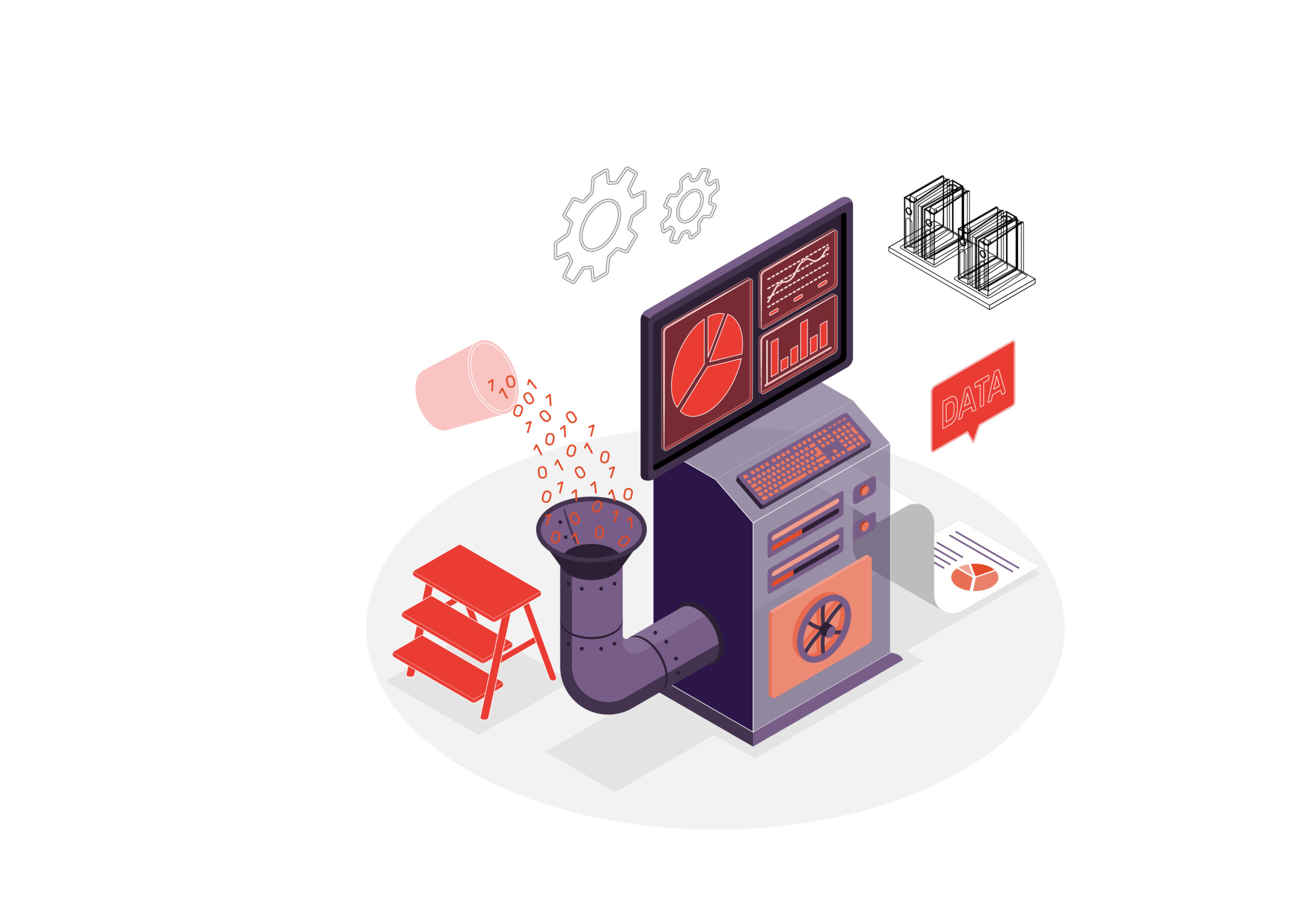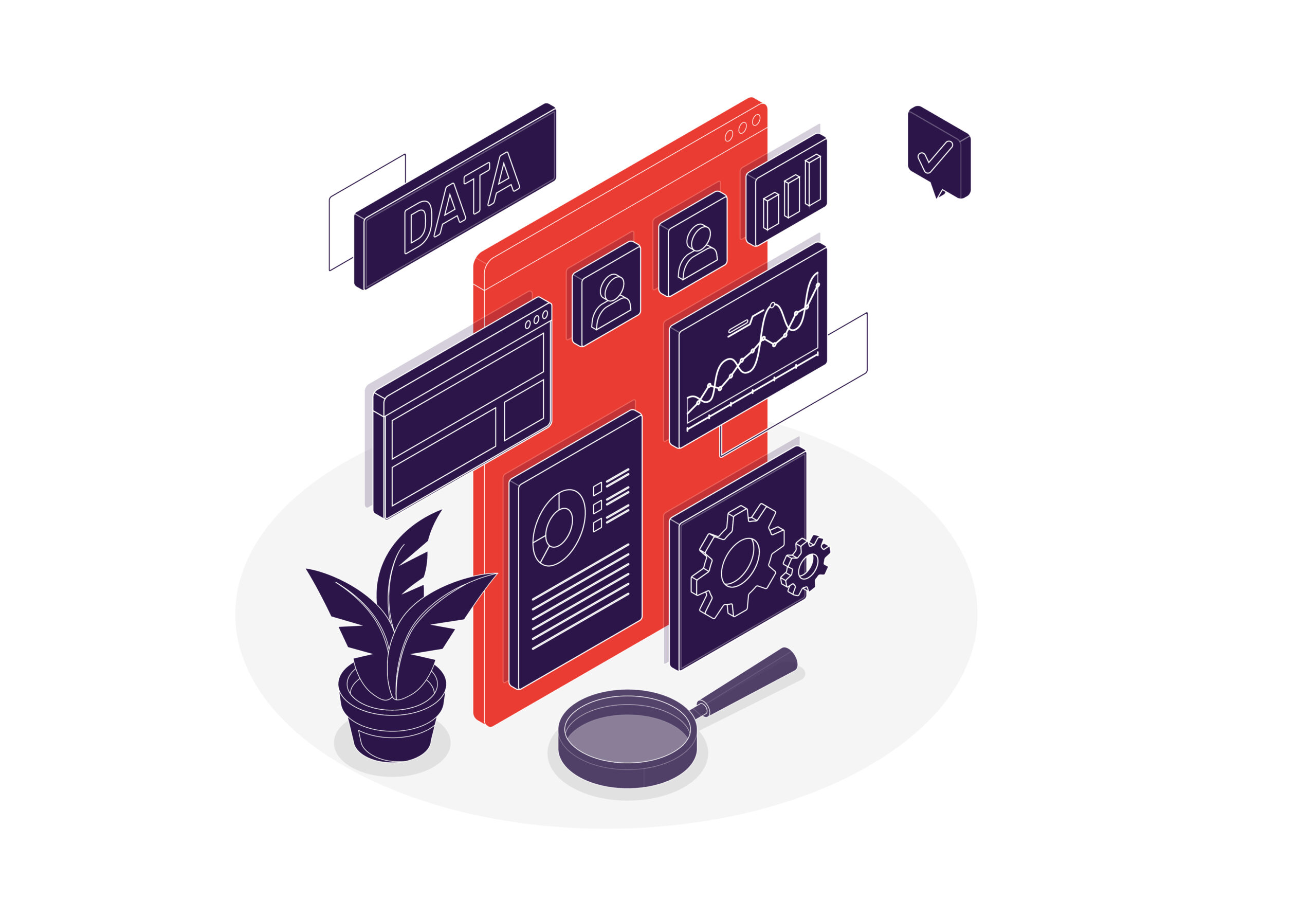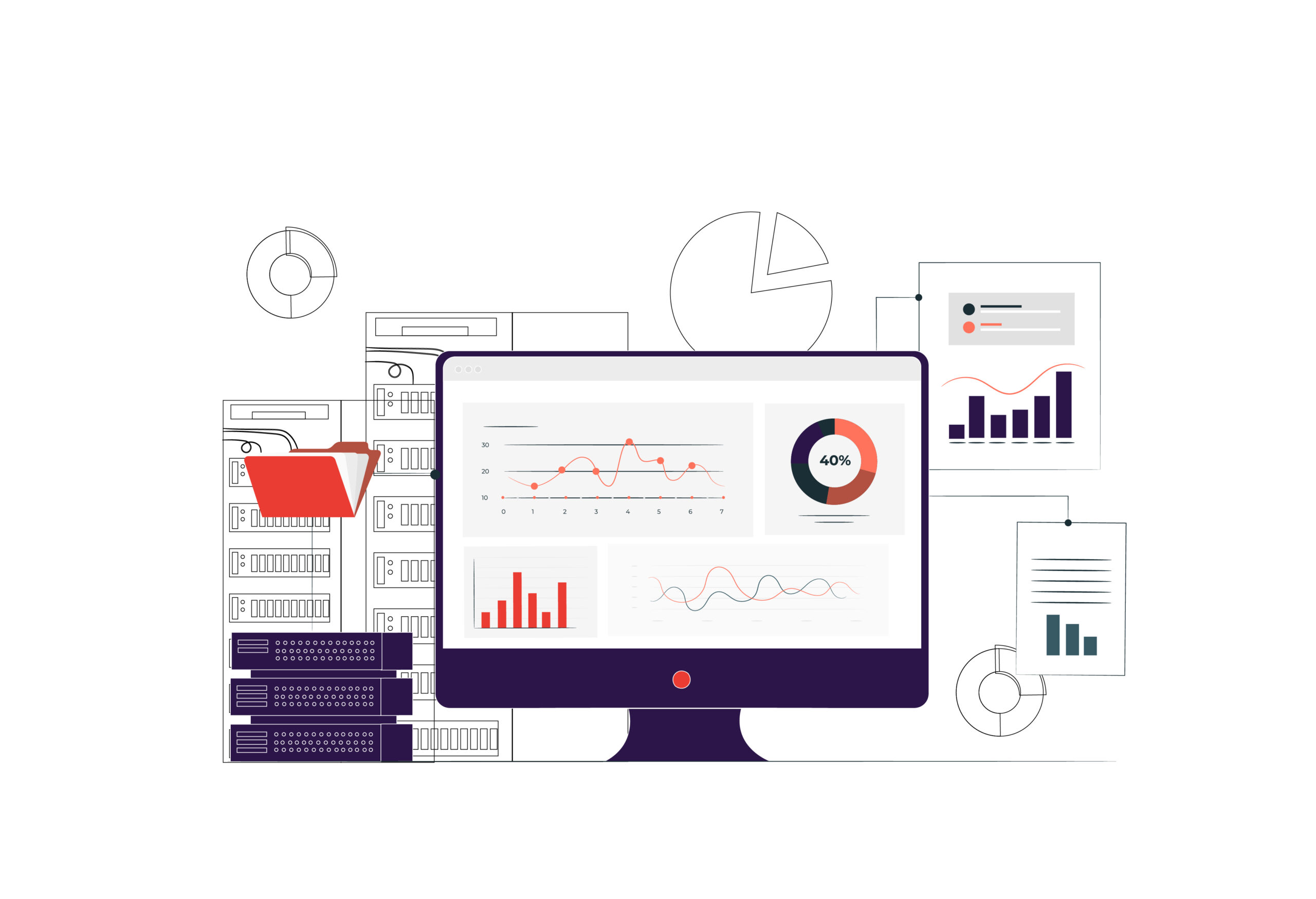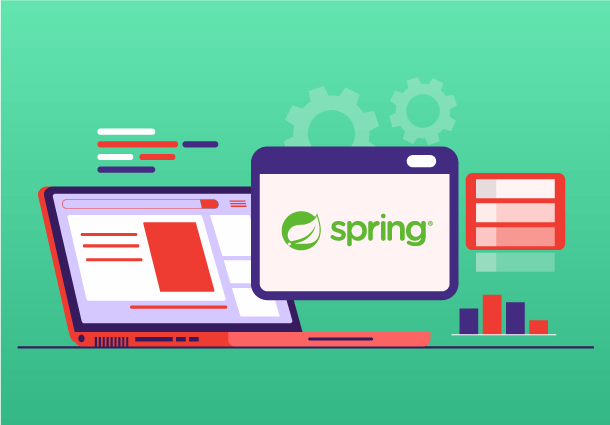Rust’s Data Mastery: Navigating the Frontier of Data Engineering, Data Science, and Big Data
Innovation is the main thrust behind progression in the powerful fields of Rust for data engineering, data science, and the colossal universe of big data. Enter Rust, a programming language with unrivaled strength in security, performance, and versatility that has been unpretentiously yet consistently revolutionizing various sectors. In the investigation that follows, we set out to explore Rust’s astounding prospects. This research is supposed to upset how we plan and carry out data-driven projects. Today’s data-driven world has a covetous hunger for registering strength, precision, and productivity. Rust stands apart as a beam of hope in this present circumstance since it gives a large number of characteristics that are appropriate to fulfill the rigid prerequisites of rust in data engineering and data science. In fields where data integrity and reliability are foremost, Rust’s intrinsic commitment to safety gives an unmatched benefit. Its borrow checker, a sentinel of memory safety, lessens the risks of data loss and security breaches, which might obliterate ecosystems dependent on information. Simultaneously, Rust’s unbelievable speed ensures that the computational engines driving data analysis and machine learning function at their absolute best.
Rust’s intrinsic commitment to safety gives an unmatched benefit. Its borrow checker, a sentinel of memory safety, lessens the risks of data loss and security breaches, which might obliterate ecosystems dependent on information. Simultaneously, Rust’s unbelievable speed ensures that the computational engines driving data analysis and machine learning function at their absolute best.
Rust’s predominance, however, rises above the limits of data engineering and includes the field of data science. A rising assortment of AI frameworks and packages, alongside its basic simple syntax, entice data scientists to exploit its true capacity for previously unattainable insights. We will explore the pragmatic issues of coordinating Rust for data engineering processes, the developing Rust tools for data science, and the opportunities for Rust as a powerful force in the big data environment in our adventure across its realm. Prepare to be enthralled by the conversion of art and science that Rust embodies, an ensemble that blends data accuracy, computational expertise, and the relentless journey of development as we set off on this journey through Rust’s groundbreaking prospects in the data-driven cosmos.
Rust’s Distinctive Merits in Data Processing and the Big Data Landscape
The decision of a programming language can be a concluding component in getting the best performance, dependability, and security in the field of data processing and big data. As of late, the system programming language Rust has turned into a champion choice in this field, and for good reasons. Rust is known for its unparalleled accentuation on performance and security. It is particularly strong for data processing jobs because of its ownership system, which screens memory utilization at build time and almost forestalls invalid null issues and data races. Rust’s memory well-being confirmations are a unique advantage with regards to rust for big data,  where tremendous datasets require thorough memory management. Moreover, Rust’s low-level control empowers developers to improve the performance of their data-processing apps. With large datasets and intricate data pipelines, this degree of control is fundamental. Rust’s zero-cost deliberations and low runtime overhead guarantee the efficient allocation of computing resources, a requirement for elite execution data processing.
where tremendous datasets require thorough memory management. Moreover, Rust’s low-level control empowers developers to improve the performance of their data-processing apps. With large datasets and intricate data pipelines, this degree of control is fundamental. Rust’s zero-cost deliberations and low runtime overhead guarantee the efficient allocation of computing resources, a requirement for elite execution data processing.
In the new data world, security is similarly just about as significant as effectiveness. Because large data applications put a top-notch on data security, Rust sticks rigorously to memory safety. It is difficult to misjudge the significance of a language that normally prepares for run-of-the-mill security weaknesses given the rising recurrence of data breaches and cyberattacks. Rust’s developing ecosystem of libraries and frameworks made for data processing jobs is another appealing feature. For effective data processing, libraries like Rayon and ndarray offer useful abstractions and parallelism. These tools enable programmers to take use of Rust’s features.
Rust For Data Engineering: The Next Chapter
The environment for data engineering is constantly changing, and it is unclear if Rust, a systems programming backbone, will start to lead the pack in this industry. The ascent of Rust in data engineering isn’t just unavoidable but also has the potential to completely modify the field’s basics. Rust’s accentuation on safety is one strong argument for its inescapable predominance. Memory leaks and pointer mix-ups can have serious impacts with regards to data engineering, which is once in a while an unsafe journey across risky terrain. The memory safety ensures in Rust, which is upheld at construction time, offer an impervious hindrance against these risks. Rust’s security-first philosophy is a beam of trust when cyber threats and data breaches are major concerns.
The memory safety ensures in Rust, which is upheld at construction time, offer an impervious hindrance against these risks. Rust’s security-first philosophy is a beam of trust when cyber threats and data breaches are major concerns.
Rust’s performance characteristics fortify its standing even further. Large datasets and complex estimations are challenges that data engineering must overcome. Rust is the ideal decision for these troublesome jobs because of its runtime viability and zero-cost abstractions. Engineers can calibrate their pipelines to augment performance because of its low-level control. Current cloud-based architectures and data lakes are compelling the requirement for a language that can natively connect with these platforms. Rust fits normally into this worldview because of its versatility and strong ecosystem. Rust’s capacities are utilized by libraries like Apache Arrow and Parquet to accelerate data processing on many platforms. Moreover, a change is inescapable as seen by the expanding Rust data engineering-focused library storehouse and developing Rust community. Rust’s adoption rate in data engineering is expanding as additional engineers become mindful of its inborn benefits.
The Rusty Frontier: Redefining Data Science in a New Light
With its perplexing algorithms and unquenchable craving for computer power, the field of data science has found an unforeseen however considerable companion as Rust. Rust is progressively acquiring ubiquity as a convincing choice for data researchers searching for an effective and reliable platform for their work, despite being usually linked with systems programming. Rust’s accentuation on safety is perhaps of its best quality. Large datasets, intricate mathematical models, and laborious computations are among challenges faced by data scientists. They totally don’t need the vulnerability that memory mistakes or pointer blunders would cause. Rust offers a shelter of consistency due to its thorough memory safety ensuring that are implemented at compile time. Data scientists can focus on their work since it eliminates the threat of memory leaks, null pointer dereferences, and data races.
Another area where Rust succeeds is performance, a significant part of Rust data science. Operations that include a great deal of data, such statistical calculations and matrix manipulation, call for strong computational capabilities. Data scientists can ultimately triumph each and every digit of speed out of their work thanks to Rust’s zero-cost abstractions and fine-grained control over system resources. While working with large-scale machine learning models or simulations, this turns out to be more significant. Rust’s fit for data science is improved by its ergonomic architecture, expressive syntax, and powerful ecosystem. Data scientists may effectively move their expertise to Rust because of libraries like ndarray, which offers multi-dimensional arrays and numerical operations, and the Rust execution of the Python NumPy library. Rust for data science is additionally made conceivable by its similarity with different languages like Python.
Rust for Data Scientists: A Symbiotic Integration Approach
To completely understand the commitment of this impressive programming language, Rust should be incorporated into the perplexing snare of contemporary data science operations. Data scientists might profit from an exceptional set of advantages from Rust, which is prestigious for its tenacious devotion to performance and safety. In any case, an arranged methodology is fundamental for the process of smooth integration. Data scientists ought to initially get to know the syntax structure and fundamental ideas of Rust. Albeit Rust has a high expectation to learn and adapt from the outset, its expressive and direct design rapidly ends up being helpful. The underlying investment in learning Rust takes care of with regards to the consistency and adequacy of the code. Rust’s ideal interoperability with various languages is one of its novel benefits. Data scientists might incorporate Rust modules into their current Python or R processes by using Rust’s Foreign Function Interface (FFI) features. This technique disposes of the requirement for a complete upgrade and empowers the utilization of Rust’s performance benefits in significant areas of data analysis.
The ecosystem of libraries intended for scientific and numerical computing in Rust ought to be examined by data scientists. Notably, tools like ndarray offer multi-dimensional arrays and an extensive variety of NumPy-like mathematical functions. These libraries help data scientists who are changing to Rust conquer their lack of familiarity. Moreover, Rust’s rising significance in data science is demonstrated by the presence of Rust-based AI frameworks like Tangram and Leaf. Your workflow might be advanced quickly by including these frameworks for activities like model training and deployment. The importance of ongoing training and interaction with the Rust community cannot be overstated. The community’s collective wisdom and support are essential resources for data scientists beginning their Rust-powered data science journey.
Forge a Data-Driven Wilderness with Pattem Digital
In the dynamic world of data engineering, data science, and big data, taking on major areas of strength for Rust looks like involving a skilled sword in the fight for accuracy and development. It is clearly obvious that Rust has adjusted the principles of significance driven by data as we show up toward the end of our exploration of this language’s earth shattering impact. With regards to bridling this uncommon potential, our organization remains as the beacon of aptitude in providing excellent rust development services. With a significant comprehension of Rust’s applications in data science and development, we give a remarkable scope of services that take data-driven projects higher than ever. Where the strength of Rust meets our uncompromising dedication to perfection, put your confidence in our ability and allow us to engage your way through the data-driven universe. Together, we’ll determine how to make data-driven progress that is unrivaled and unbounded.


